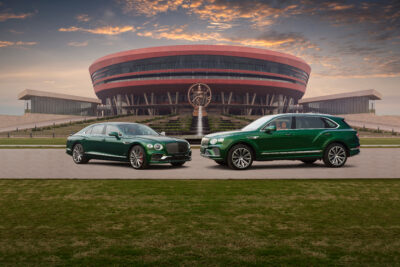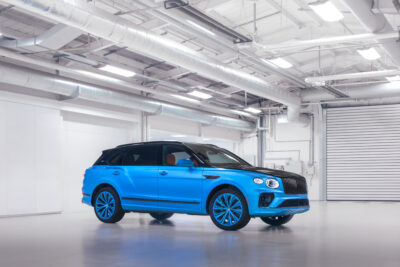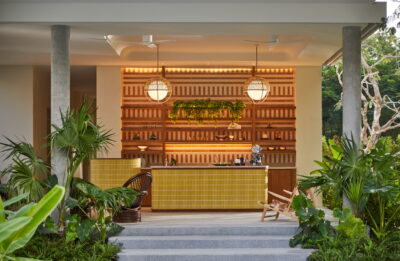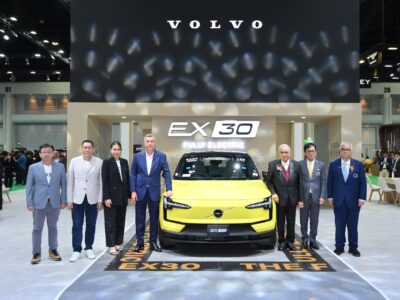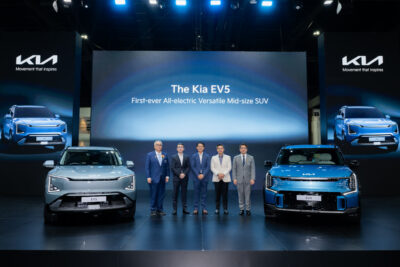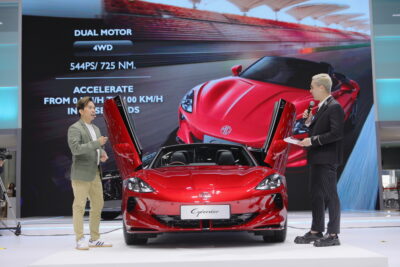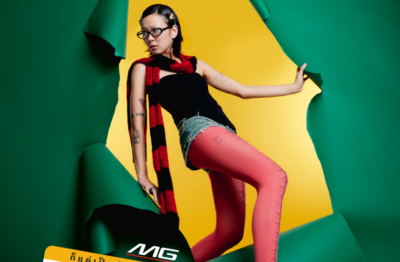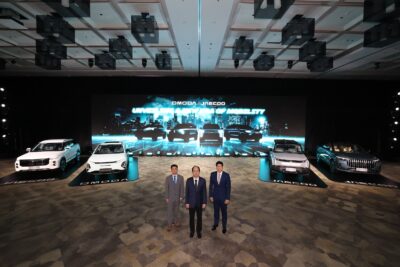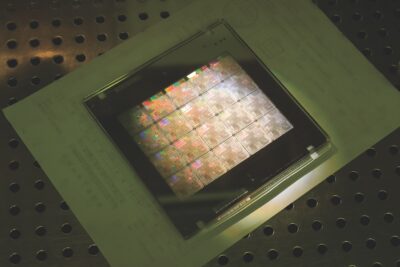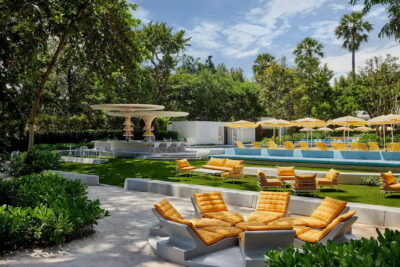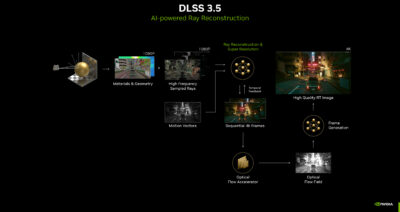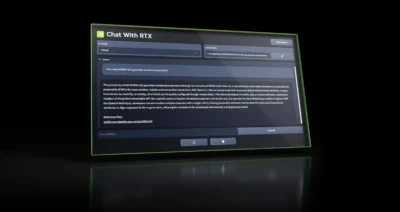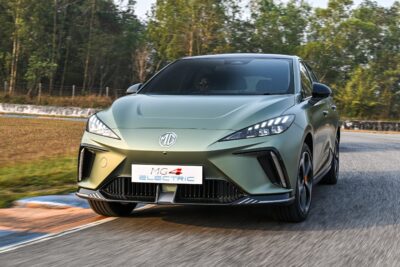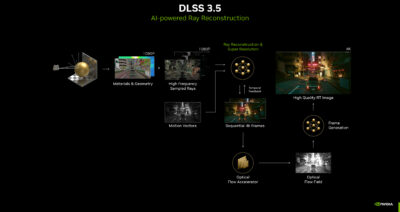
With the launch of the 3500 GT in 1957, Maserati almost overnight switched from constructing competition and bespoke road cars, to a volume manufacturer. While this ended a long and rich tradition, the drastic step was necessary to ensure the company’s survival. Maserati’s engineers did use their wealth of experience to ensure the 3500 GT lived up to the reputation of the cars that came before.
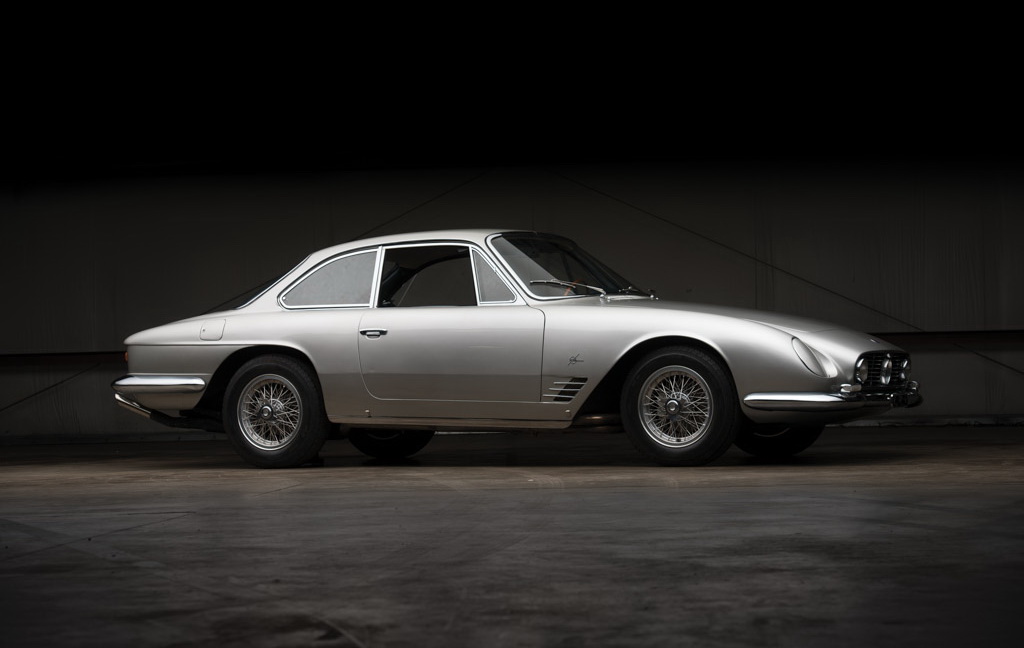
Some customers of old, however, desired something a little more exclusive than the relatively high volume 3500 GT. Loudest among them was the Shah of Perzia, Reza Pahlavi. In Giulio Alfieri, he found more than a willing ear. Maserati’s chief engineer had already dreamed about combining the 3500 GT chassis with the race-bred V8. This had powered the 450S, which had won the 1957 Sebring 12 Hours and at the time was the last great Maserati sports racer.
The Shah’s interest also convinced Maserati owners, the Orsi family, who gave the program the green light. As the car already existed in Alfieri’s head, the project hit the ground running. As proposed, he used the 3500 GT chassis, reinforced at vital points to deal with the additional power. Among the changes were bigger brakes sourced in England; discs at the front and drums at the rear. Later in the model’s life, disc brakes were also fitted at the rear.

Alfieri spent more time tweaking the V8 to make it more suitable for road use. The most significant modification was an increase in displacement to five litres, courtesy of a larger bore. Many of the competition elements like the gear-driven camshafts were retained. Equipped with four sizeable Weber carburettors, the V8 initially produced an impressive 350 bhp, while for reliability reasons, this was subsequently further detuned to 325 bhp at 5500 rpm.

Dubbed the 5000 GT, the first rolling chassis was sent to Carrozzeria Touring in Milan. As it was ultimately headed to the Shah of Perzia, the chassis was clothed with a lavishly appointed body and interior, which featured gold fittings and fine woods. The size of the car was further accentuated by the relatively small green house. The exclusive Maserati was first show to the public at the 1959 Turin Motor Show. This attracted only limited interest as only one additional example was built in 1960.
Maserati, and Alfieri in particular, did not give up on the 5000 GT and for 1961, it was further refined. The V8 again received the most attention, which received a revised bore and stroke ratio to make for a much squarer engine. It was also equipped with the latest Lucas fuel injection system, although more traditional customers could still specify Weber carburettors. As a result of these changes, the performance was almost back to the prototype engine’s levels at 340 bhp.

In 1961, Maserati sent examples of the uprated 5000 GT chassis to all of Italy’s carrozzerie, resulting in a wide variety of coachwork for prospected customers to choose from. Most of them eventually settled on the design penned by Giovanni Michelotti for Allemano. Known as the ‘Indianapolis’, this perhaps was the most understated of all 5000 GT designs. Of the 34 Maserati 5000 GTs built, Allemano clothed no fewer than 18.
Production of the revised 5000 GT effectively ceased in 1964, with a single car built in 1965 using an existing chassis and a final one in 1966. This really was the end of an era, as all subsequent Maseratis were ‘mass’ produced, when demand allowed. The V8 engine, however, would continue to be used in range-topping models like the Ghibli and Bora. With only 34 examples built, the last Maserati ‘fit for a king’ is a rare sight today.

With the launch of the 3500 GT in 1957, Maserati almost overnight switched from constructing competition and bespoke road cars, to a volume manufacturer. While this ended a long and rich tradition, the drastic step was necessary to ensure the company's survival. Maserati's engineers did use their wealth of experience to ensure the 3500 GT lived up to the reputation of the cars that came before.

Some customers of old, however, desired something a little more exclusive than the relatively high volume 3500 GT. Loudest among them was the Shah of Perzia, Reza Pahlavi. In Giulio Alfieri, he found more than a willing ear. Maserati's chief engineer had already dreamed about combining the 3500 GT chassis with the race-bred V8. This had powered the 450S, which had won the 1957 Sebring 12 Hours and at the time was the last great Maserati sports racer.
The Shah's interest also convinced Maserati owners, the Orsi family, who gave the program the green light. As the car already existed in Alfieri's head, the project hit the ground running. As proposed, he used the 3500 GT chassis, reinforced at vital points to deal with the additional power. Among the changes were bigger brakes sourced in England; discs at the front and drums at the rear. Later in the model's life, disc brakes were also fitted at the rear.

Alfieri spent more time tweaking the V8 to make it more suitable for road use. The most significant modification was an increase in displacement to five litres, courtesy of a larger bore. Many of the competition elements like the gear-driven camshafts were retained. Equipped with four sizeable Weber carburettors, the V8 initially produced an impressive 350 bhp, while for reliability reasons, this was subsequently further detuned to 325 bhp at 5500 rpm.

Dubbed the 5000 GT, the first rolling chassis was sent to Carrozzeria Touring in Milan. As it was ultimately headed to the Shah of Perzia, the chassis was clothed with a lavishly appointed body and interior, which featured gold fittings and fine woods. The size of the car was further accentuated by the relatively small green house. The exclusive Maserati was first show to the public at the 1959 Turin Motor Show. This attracted only limited interest as only one additional example was built in 1960.
Maserati, and Alfieri in particular, did not give up on the 5000 GT and for 1961, it was further refined. The V8 again received the most attention, which received a revised bore and stroke ratio to make for a much squarer engine. It was also equipped with the latest Lucas fuel injection system, although more traditional customers could still specify Weber carburettors. As a result of these changes, the performance was almost back to the prototype engine's levels at 340 bhp.

In 1961, Maserati sent examples of the uprated 5000 GT chassis to all of Italy's carrozzerie, resulting in a wide variety of coachwork for prospected customers to choose from. Most of them eventually settled on the design penned by Giovanni Michelotti for Allemano. Known as the 'Indianapolis', this perhaps was the most understated of all 5000 GT designs. Of the 34 Maserati 5000 GTs built, Allemano clothed no fewer than 18.
Production of the revised 5000 GT effectively ceased in 1964, with a single car built in 1965 using an existing chassis and a final one in 1966. This really was the end of an era, as all subsequent Maseratis were 'mass' produced, when demand allowed. The V8 engine, however, would continue to be used in range-topping models like the Ghibli and Bora. With only 34 examples built, the last Maserati 'fit for a king' is a rare sight today.



